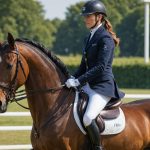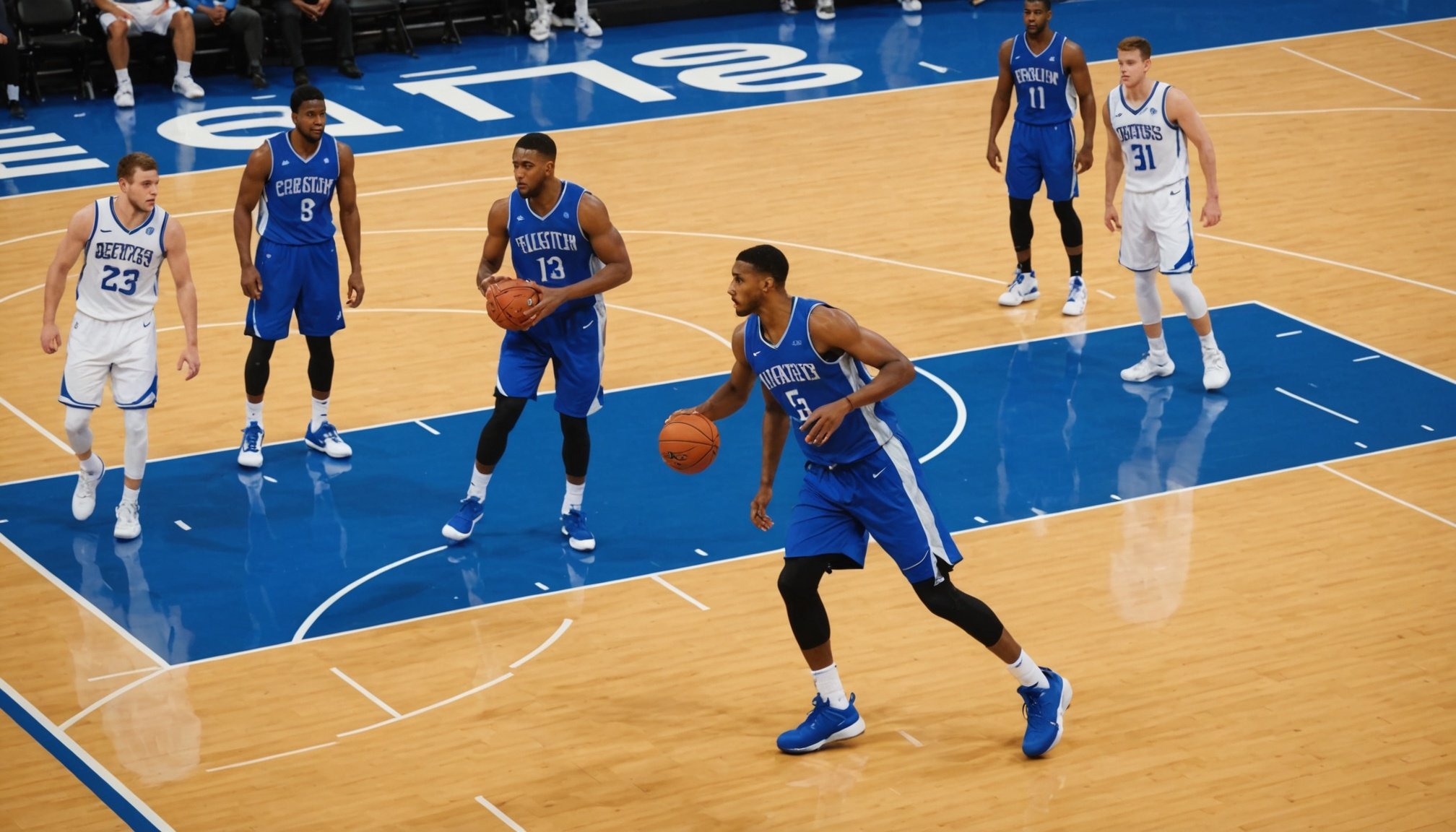Understanding Court Awareness
Court awareness is a crucial element in basketball, often distinguishing great players from average ones. It refers to the ability to perceive and interpret all elements on the court, such as player positions and movements, allowing for strategic decision-making. This awareness is closely tied to a player’s basketball IQ, as it requires knowing when and where to make the right play.
An elevated basketball IQ integrates spatial and strategic elements, enabling players to anticipate opponents’ moves and position themselves defensively or offensively. Spatial vision plays a key role here, as it involves perceiving the location of all players in real-time and adjusting actions accordingly. By understanding and interpreting these spatial dynamics, players can improve their gameplay effectiveness.
Also read : Transform your skills: top agility drills every uk basketball player should master
Improved court awareness can significantly enhance a player’s performance. Recognising open teammates or spotting defensive gaps allows for more effective passing and scoring opportunities. Enhanced awareness also benefits defensive plays, ensuring stronger positioning and better anticipation of the opponent’s next move. Understanding the connection between spatial vision and decision-making not only helps individuals elevate their game but also contributes to overall team success.
Cognitive Strategies for Enhancing Spatial Vision
Improving spatial vision is critical for developing court awareness, and employing cognitive techniques can significantly aid this process. Visualization exercises are a powerful tool employed by many athletes. By imagining themselves in different scenarios, players can mentally practice movements and anticipate positions, thereby enhancing their real-time awareness.
In the same genre : Elevate your game: key hydration tips for uk basketball athletes”
Mental training routines, such as visualization, often incorporate both watching and mentally executing plays. This dual focus allows players to solidify their responses to varied game situations, leading to more instinctual and accurate decision-making. Alongside visualization, mental rehearsal techniques are utilized by top basketball players to understand and plan their actions ahead of time, creating a mental map of the court even before setting foot on it.
The role of focus and attention cannot be underestimated. Maintaining a high level of attention during practice translates to better perception during games. These skills, once honed, allow players to predict movements and positions effectively, thus bridging the gap between cognitive preparation and on-the-court performance. By integrating these strategies, players not only enhance their basketball IQ but also improve their overall positional and reactionary precision.
Practical Drills to Improve Court Awareness
Improving court awareness involves structured practice routines that refine a player’s perception and decision-making abilities on the court. By engaging in specific drills and exercises, players can enhance their spatial vision and elevate their overall gameplay.
Dynamic Drills for Situational Awareness
-
Partner drills play a crucial role in improving player communication and situational awareness. These drills challenge players to communicate openly, making quick decisions that can effectively replicate real-game situations.
-
Engaging in modified, simple on-court games can significantly enhance a player’s decision-making speed. These games simulate high-pressure scenarios, requiring players to think strategically and act quickly, thereby nurturing their basketball IQ.
Vision Training Exercises
-
Peripheral vision can be improved with specialized drill sets, such as moving ball pickups and blind passing. These exercises teach players to rely less on direct sight and more on their spatial vision, establishing a more comprehensive understanding of the court.
-
Ball-handling drills are essential, incorporating continuous head-up play to foster the ability to process the court dynamically, thus reducing response time and improving anticipatory reactions. These drills ensure players maintain control without losing sight of the overall game flow.
Integrating Team Play and Communication
In basketball, effective teamwork and on-court communication are vital to enhancing court awareness. Players must understand their roles within the team and communicate efficiently to maintain synergy and coordination. This synergy ensures that teams can anticipate one another’s moves, enabling faster and more accurate decision-making during intense game situations.
Developing trust among teammates is crucial. Trust fosters an environment where players feel confident in their collective strategy and individual roles. Strategies such as consistent feedback loops during practice, including regular team discussions and evaluations, can strengthen bonds and improve communication skills. Additionally, incorporating exercises that require teammates to signal and respond to each other in diverse scenarios can bolster this trust and synergy by replicating high-pressure conditions.
Exercises designed to improve team awareness focus on responsiveness and cooperation. Drills that involve exchanging roles or positions on the court challenge players to adapt swiftly while maintaining an overview of fellow teammates’ locations. Such drills not only boost individual spatial vision but also enhance a collective understanding of strategic movements, ultimately contributing to improved basketball IQ and advanced team performance. With practiced communication and coordination, teams naturally achieve heightened court awareness.
Analyzing Game Situations for Better Decisions
Enhancing decision-making skills in basketball requires in-depth game analysis. This involves understanding and learning from both personal and professional games. Players can identify past mistakes and successes through review, building strategies to improve their future actions.
Game analysis sharpens real-time reactions. By examining various game situations, players learn to distinguish between different scenarios, enhancing their ability to make quicker, more accurate decisions when under pressure. Revisiting past games helps players connect circumstances to outcomes, developing a more intuitive decision-making process.
Critical moments in every game demand heightened situational awareness. Recognising how specific in-game conditions influenced decisions can guide players in similar future instances. Players learn to anticipate teammate movements, opponent strategies, and optimal opportunities, strengthening their ability to respond effectively.
Techniques that assist this process include reviewing game footage to understand positioning, timing, and the effectiveness of past decisions. It enables players to adjust their approach by drawing from scenarios previously experienced or observed in professional matches. By consistently engaging in this process, players enhance their basketball IQ and elevate their overall performance, leading to informed, strategic decisions on the court.











